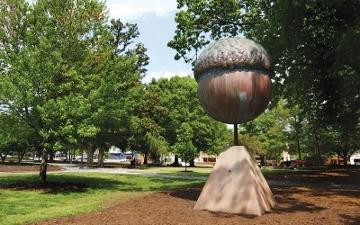
Isogeometric Methods: A Symposium Celebrating the 70th Birthday of Prof. T.J.R. Hughes
Reali Alessandro, Yuri Bazilevs, David Benson, Trond Kvamsdal, Giancarlo Sangalli, Rene De Borst, Clemens Verhoosel
This symposium is organized to honor Professor Thomas J.R. Hughes on the occasion of his 70th birthday and deals with the latest of his many scientific successes: Isogeometric Analysis. Isogeometric Analysis (IGA) has been originally introduced and developed by T.J.R. Hughes, J.A. Cottrell, and Y. Bazilevs, in 2005, to generalize and improve finite element analysis in the area of geometry modeling and representation. However, in the course of IGA development, it was found that isogeometric methods not only improve the geometry modeling within analysis, but also appear to be preferable to standard finite elements in many applications on the basis of per-degree-of-freedom accuracy. Non-Uniform Rational B-Splines (NURBS) were used as a first basis function technology within IGA. Nowadays, a well established mathematical theory and successful applications to solid, fluid, and multiphysics problems render NURBS functions a genuine analysis technology. At this point the behavior of NURBS in analysis, their advantages, and their disadvantages are reasonably well understood. Moreover, more recently, T-Splines, an unstructured version of NURBS, were employed in different preliminary applications with good success. TSplines offer local refinement possibilities that are not present in the more rigid NURBS framework. However, better understanding of the T-Spline technology and its appropriate generalization to volumes are necessary to apply them in more advanced analyses. Also, other refinement techniques (e.g., hierarchical B-splines, locally-refined splines, etc.) have been recently introduced offering interesting alternatives. The purpose of this symposium is to gather experts in Computational Mechanics with interest in this recent and more than promising research field to further advance the state of the art of IGA.










